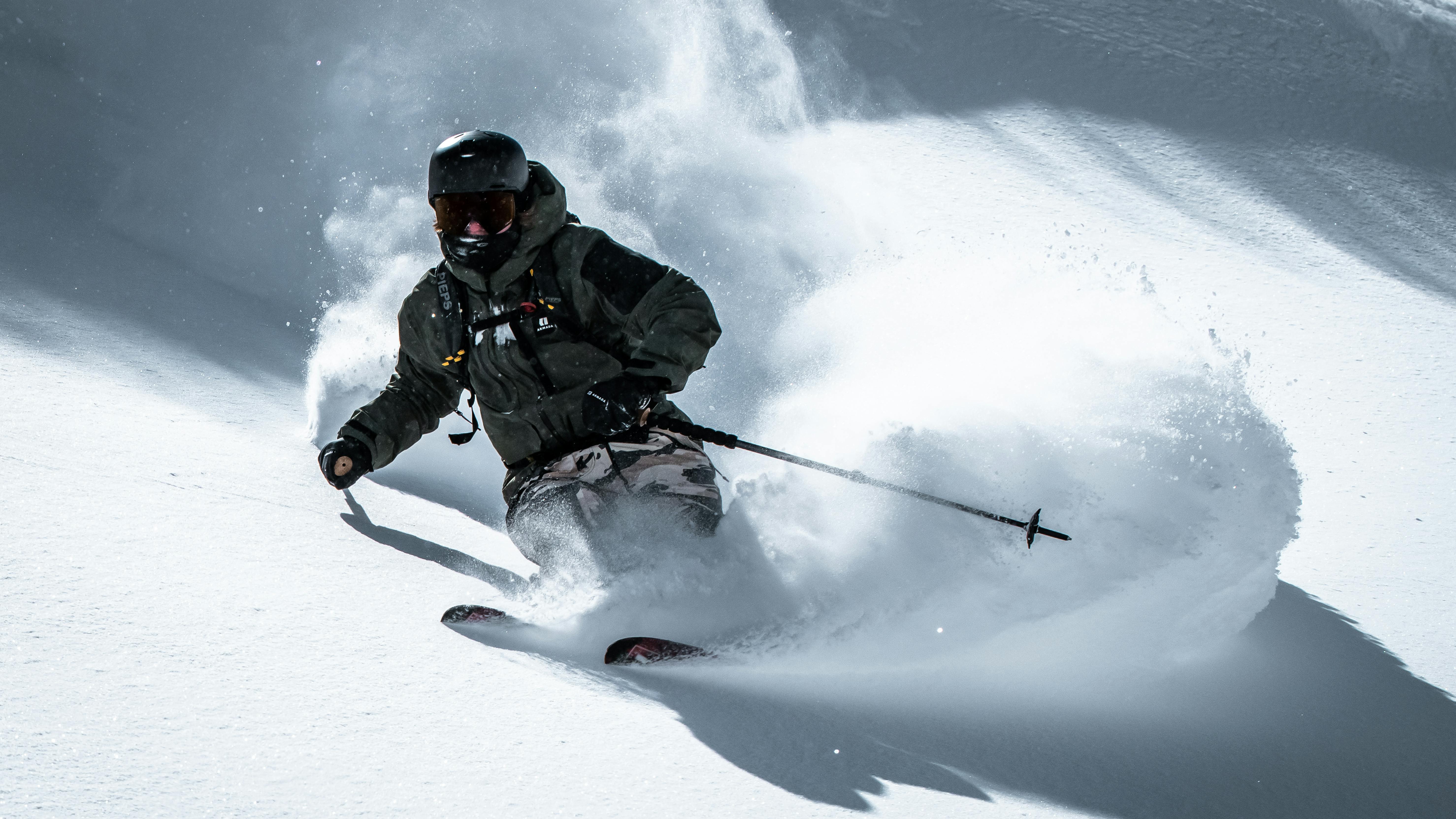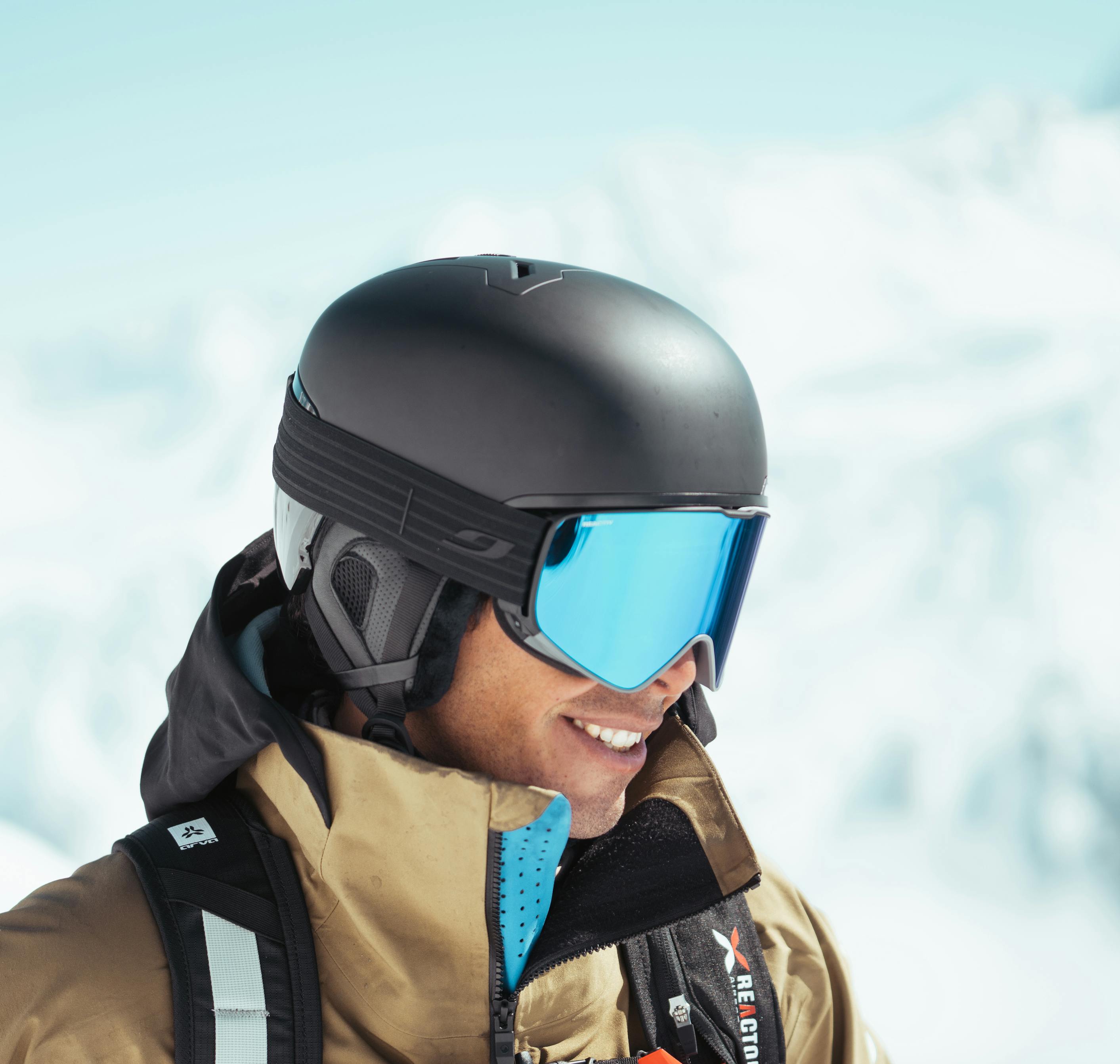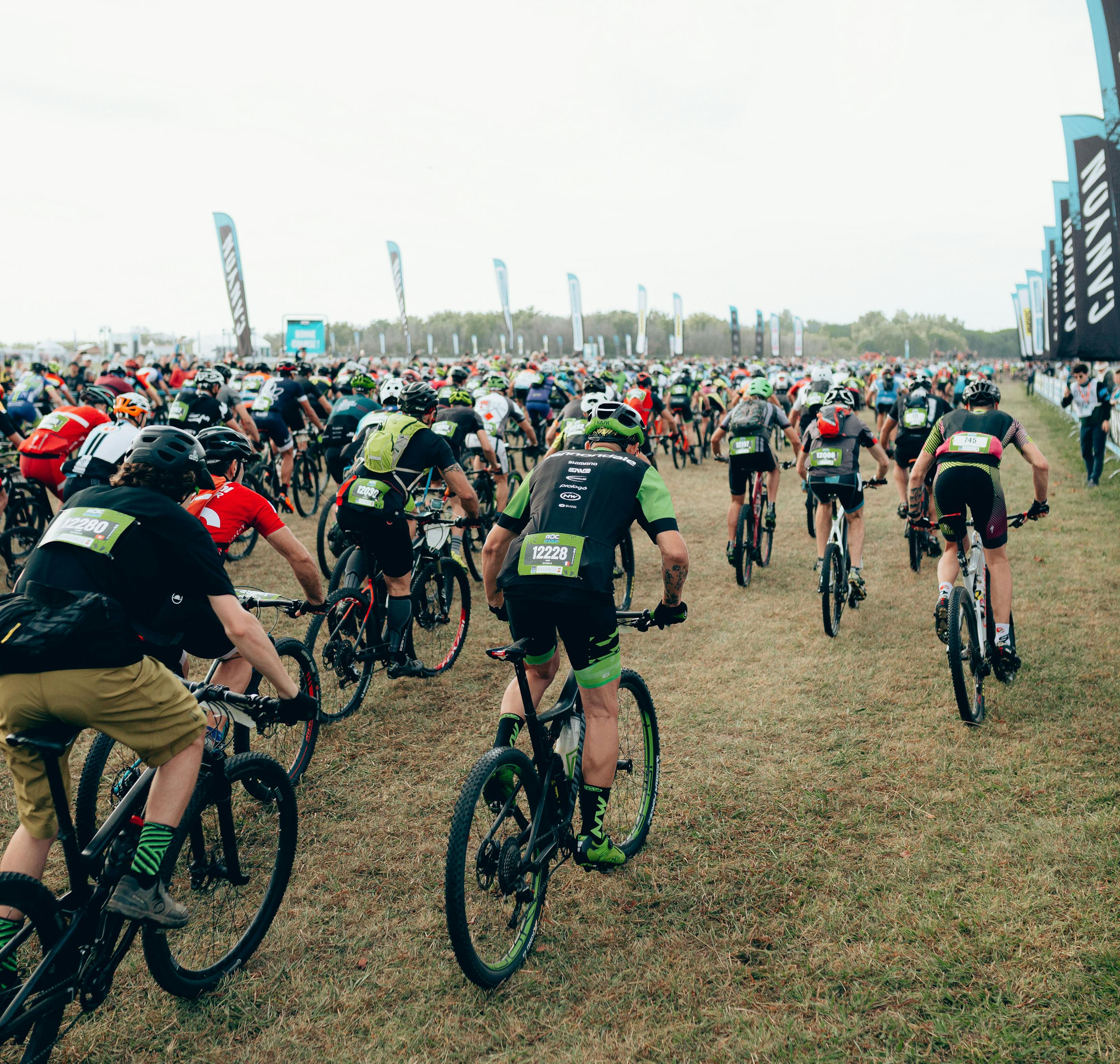How to choose
the right ski helmet?

When it’s time to hit the slopes, choosing your ski helmet is far more than a formality: it’s your security ally. In the mountains, the right protection isn’t negotiable. Want to fully enjoy every descent? A suitable helmet guarantees impact protection, optimal comfort, and effective temperature regulation. Every sliding sport, from alpine skiing to snowboarding to ski touring, demands a specific helmet. So, how do you choose the one perfectly suited to your needs? Follow our advice for protection that lives up to your ambitions.
Why is wearing a ski helmet essential for your safety in the mountains?
A ski helmet is essential equipment for anyone pushing their limits safely. More than mere protection, it represents active safety—a design meant to offer you an uncompromising experience.
Protecting your head in case of impact—a must-have reflex
On the slopes, a momentary lapse, a fall—it’s your safety at stake. The helmet becomes your strongest defense thanks to a rigid outer shell and inner EPS (expanded polystyrene) structure, capable of absorbing the most intense shocks. Innovations like MIPS® further enhance protection by reducing rotational forces during impact. Skiing worry-free starts with proper head protection!
Adapting to extreme mountain conditions
The mountain is a demanding playground, and the ski helmet must keep pace. With speed, temperature changes, and altitude shifts, a good helmet offers effective ventilation to regulate airflow and prevent overheating. For ski touring and snowboard lovers, lightweight and breathable models ensure coolness and minimize mask fogging. Here, the helmet isn’t just protective—it works in harmony with you for optimal performance.
Comfort and fit—for skiing without constraints
A ski helmet should be unnoticeable yet perfectly fitted. With precise adjustment systems like a dial, it adapts exactly to your head size. A quality foam lining ensures lasting comfort. You get a snug fit and comfort that lets you enjoy every run.
What criteria should you consider when choosing your ski helmet?
Finding the perfect helmet is more than just a style question. A good helmet must combine safety, comfort, and adaptability so you can tackle the slopes with peace of mind. Here are the essential criteria for choosing a helmet suited to your needs and practice:
Perfect comfort and fit
A ski helmet must be comfortable to be effective. It should be unnoticeable, yet protect you at all times. First criteria? Size. Accurately measuring your head circumference is key to finding the right model. Men, women, or children—there are ski helmets for every head. For optimal fit, many helmets come with intuitive adjustment systems, like a dial fit, to fine-tune the helmet to the millimeter.
And for those spending long hours on the slopes, the inner foam lining makes all the difference. This extra comfort layer ensures perfect support without excessive pressure, so you can ski light and free. When the helmet fits well, every turn is smoother, and the descent more enjoyable.
Ventilation and temperature regulation
Mountain air is invigorating—but a poorly ventilated helmet quickly turns that into discomfort. The best helmets are designed with adjustable ventilation that adapts to your practice intensity and the weather. Integrated air vents allow smooth airflow that effectively regulates temperature inside the helmet.
For sunny days or spring skiing, a good ventilation system prevents overheating. By opening or closing the vents, you can easily manage airflow to your needs—guaranteeing a seamless skiing experience.
Weight and shell design
If lightness and strength seem contradictory, modern helmets prove otherwise. With advanced materials like ABS or in-mold construction, a ski helmet can be both robust and lightweight. A light helmet reduces neck fatigue and increases freedom of movement—essential for long ski days or ski touring.
The outer shell is also crucial in a fall. It absorbs impacts, protecting your head and brain. Models with multi-layer construction offer increased resistance while staying pleasantly light. The right helmet is one that’s unobtrusive yet offers flawless protection.
Which ski helmet to choose based on your practice and style?
The ideal ski helmet depends not only on your skill level but also on your style and discipline. Alpine skiing, cross-country, ski touring, snowboarding—each activity has its needs and requires a specific helmet type. Let’s find the right one for you!
Helmets for alpine skiing and snowboarding
For alpine skiers and snowboarders—where speed and precision matter—helmet strength and stability are essential. On alpine slopes, impact protection is crucial, especially in high-speed collisions or falls. A helmet with a reinforced shell and integrated visor is ideal for performance-driven skiers, as it ensures both optimal protection and clear vision in all conditions.
Snowboarders, often exposed to lateral impacts, look for helmets with more side coverage for extra safety. Models with foam reinforcements and adjustable linings offer better impact absorption, ensuring comfort and security. In all cases, a good helmet for alpine skiing or snowboarding must offer excellent shock resistance and solid ventilation for intense downhill runs.
Helmets for ski touring and mountaineering
For ski touring and mountaineering, lightness is key. In the mountains, every gram matters—especially during long climbs. A lightweight helmet with in-mold construction gives the freedom of movement needed to navigate at altitude. Adjustable ventilation is essential here, regulating temperature during climbs and changing weather conditions.
These helmets are often compatible with other mountain gear like sunglasses, ski goggles, and even integrated audio systems for those wanting to stay connected. The right helmet for ski touring or mountaineering must combine protection, breathability, and versatility to meet the specific demands of these disciplines.
Helmets for children and families
For young skiers, the helmet is more than an accessory—it’s a guarantee of safety for parents and essential protection for kids. Helmets for children are designed to offer precise fit and adapt to growth, with evolving adjustment systems like dial fits or adjustable linings. This type of helmet provides maximum protection while remaining comfortable, lightweight, and easy to wear.
Family helmets offer versatility, helping both parents and children find models tailored to their specific needs. With modern designs and solid tech, these helmets provide impact protection for skiers of all ages and levels, making gear choices simpler for the whole family.
How to care for your ski helmet to extend its lifespan?
Your ski helmet follows you on every adventure—it deserves special attention to stay effective season after season. Proper care not only extends your helmet’s life but ensures optimal protection every outing. Here’s how to care for your helmet and maximize its performance.
Regular cleaning and maintenance
Keep your helmet in good condition by cleaning it after every outing. A damp cloth is enough to wipe off dust and debris from the outer shell. Avoid harsh chemical products that could damage materials. For inner linings—removable on some models—use mild detergent to keep them fresh and comfortable.
Adjustable ventilation systems also need regular care. Check and clean the vents to prevent dust or snow from blocking airflow—ensuring smooth, efficient ventilation all season long.
Storage and precautions between seasons
To preserve your helmet, store it properly between seasons. Choose a dry place away from humidity and direct sunlight, which can weaken materials over time. Avoid keeping your helmet in your car trunk or areas with extreme temperature changes, as this can damage the EPS shell—vital for impact absorption.
A breathable storage bag is a great option to protect your helmet from dust and knocks when not in use. Taking care of your helmet and storing it right ensures long life and top protection from your very first outing.
When to replace your helmet?
Even with regular maintenance, helmets have a limited lifespan. The internal foam (EPS) and outer shell may lose effectiveness over time—especially after impacts. A ski helmet should be replaced every five years on average—or immediately after a significant impact, even if there’s no visible damage. It’s a simple act that ensures maximum safety, since internal structure damage may not be visible.
Replacing your helmet is about protecting yourself and those you ski with. If unsure about your helmet’s condition, consult a specialist: a quick inspection can make all the difference for your next adventure.





